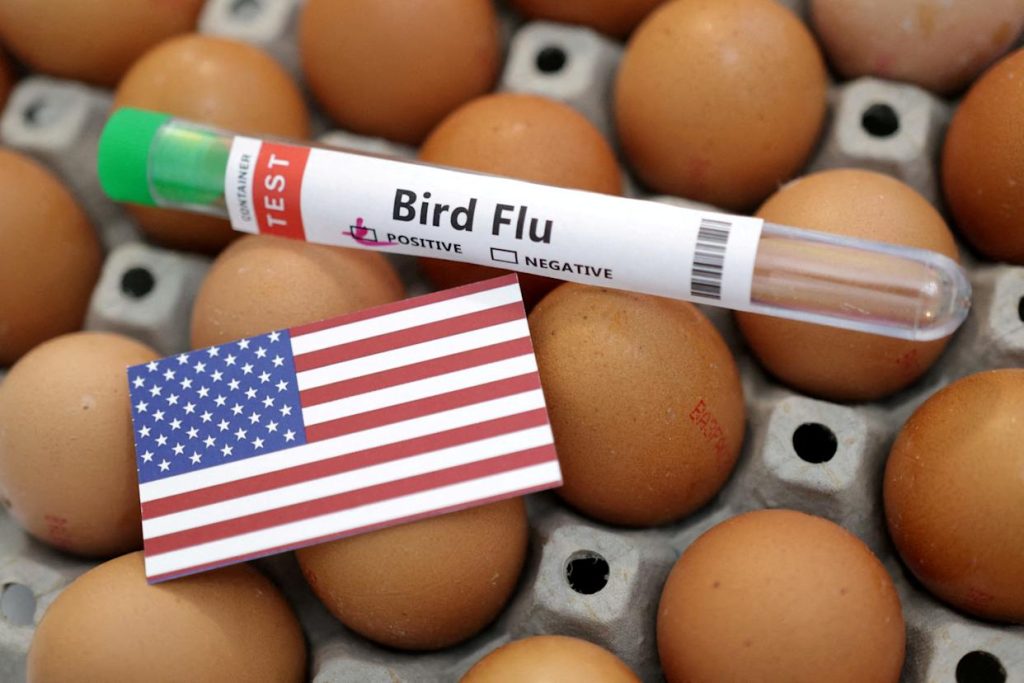The United States has reported its first outbreak of the H7N9 bird flu strain on a poultry farm since 2017. This outbreak was detected on a farm housing 47,654 commercial broiler breeder chickens in Noxubee County, Mississippi, and was confirmed on March 13, 2025.
The H7N9 virus is notably lethal, with a 39% mortality rate among infected humans since its initial detection in China in 2013. However, both H7N9 and the more prevalent H5N1 strains do not easily transmit from person to person, according to the World Health Organization.
In response to the escalating avian influenza situation, the U.S. Department of Agriculture (USDA) has announced a comprehensive $1 billion plan. This initiative includes up to $500 million allocated for biosecurity enhancements to prevent disease transmission from wild birds, $400 million in financial relief for affected farms, and $100 million dedicated to vaccine development and egg protection.
The resurgence of H7N9 highlights the ongoing challenges in managing avian influenza outbreaks and underscores the importance of stringent biosecurity measures and coordinated response strategies to protect both poultry industries and public health.



Comments (0)
No comments yet. Be the first to comment!
Leave a Comment